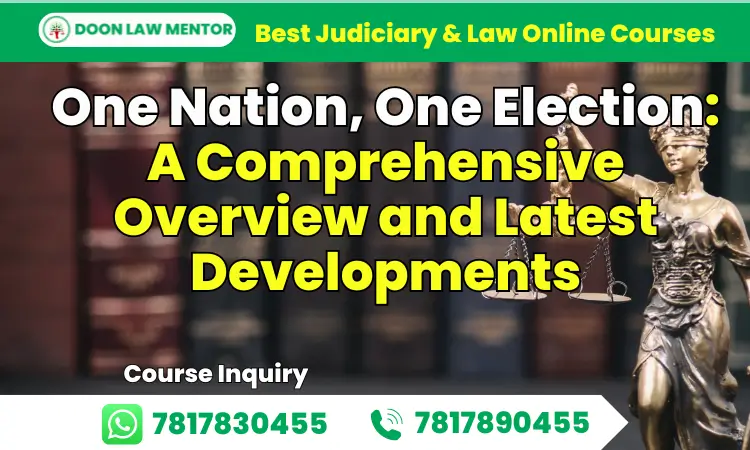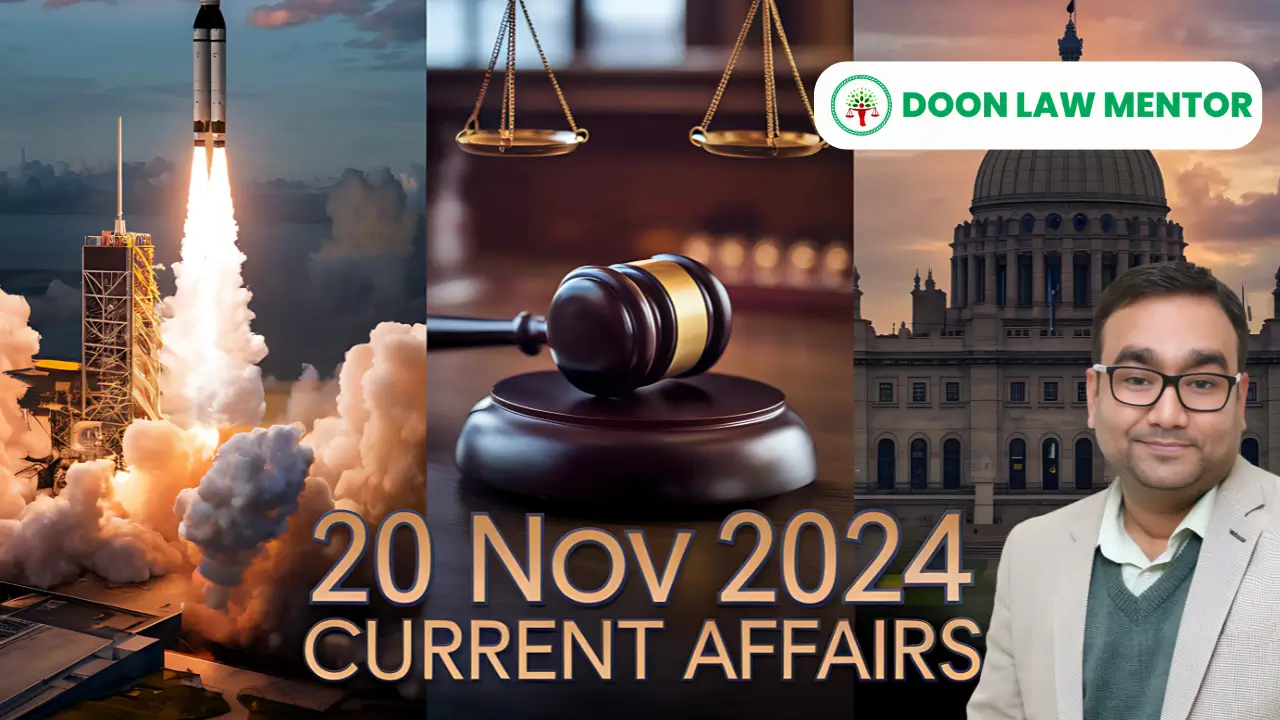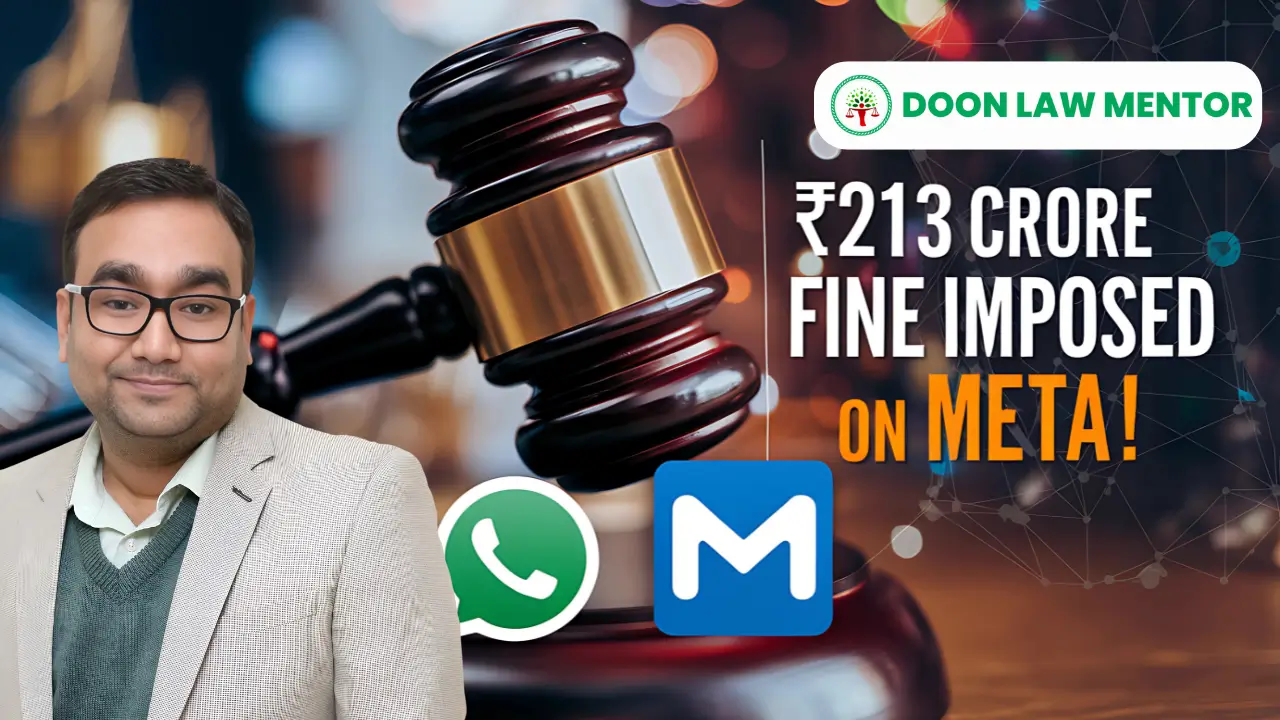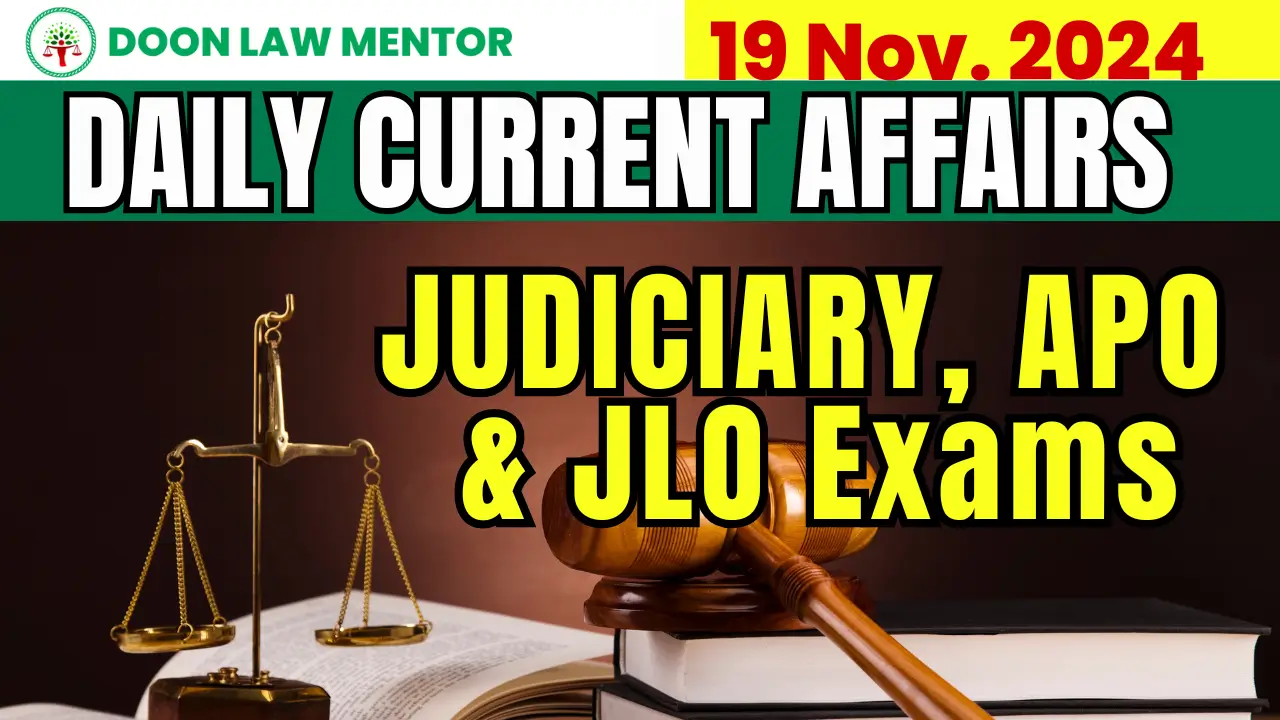Introduction: What is One Nation One Election?
The concept of One Nation One Election (ONOE) proposes the synchronization of elections across India, so that polls for the Lok Sabha, State Legislative Assemblies, and local bodies—including Municipalities and Panchayats—are conducted simultaneously. Rather than holding elections in a staggered manner, ONOE aims to streamline the process, reducing the frequency of elections and minimizing disruptions in governance.
This idea, while not new, has gained significant traction in recent years, especially after the Union Cabinet, chaired by the Prime Minister, approved the recommendations of the High-Level Committee (HLC) led by former President Ram Nath Kovind. The HLC submitted a report proposing a detailed framework for implementing simultaneous elections and addressing the logistical, legal, and political challenges involved.
In this blog, we’ll delve into the history, evolution, benefits, challenges, and the latest developments around One Nation, One Election, exploring how it might reshape India’s electoral landscape.
Table of Contents
1. Historical Context of One Nation One Election
1.1 The Initial Years of Simultaneous Elections (1951-1967)
Simultaneous elections were the norm in India’s early years. Following the adoption of the Constitution of India in 1950, the country held its first General Elections in 1951-52. These elections were conducted for both the Lok Sabha and the State Legislative Assemblies, and this practice of holding simultaneous elections continued for three election cycles—1952, 1957, and 1962.
During this time, the terms of both the Lok Sabha and the State Assemblies were aligned. However, the political landscape began to shift in the late 1960s. The premature dissolution of several State Assemblies due to political instability, combined with the imposition of President’s Rule in multiple states, broke the cycle of synchronized elections. The early dissolution of the Fourth Lok Sabha in 1971 further deepened the fragmentation of election cycles.
1.2 Divergence of Election Cycles Post-1967
The end of the synchronized election model in 1967 marked the beginning of staggered elections. With state governments being dissolved at different times and the Lok Sabha having its own election cycle, India’s electoral calendar became fragmented. The introduction of mid-term elections, by-elections, and the dissolution of Assemblies outside the five-year term led to an electoral process that involved frequent elections across different parts of the country.
As a result, India today sees elections almost every year—whether for the Lok Sabha, State Assemblies, or local bodies. This continuous election cycle has imposed heavy administrative and financial burdens on the Election Commission of India (ECI), political parties, and the government, while also leading to frequent policy paralysis due to the imposition of the Model Code of Conduct (MCC).
Accessthe High Level Committee Report Here
2. Recent Developments: High-Level Committee’s Recommendations and Government Endorsement
2.1 Formation of the High-Level Committee
In September 2023, the government formed a High-Level Committee (HLC) led by former President Ram Nath Kovind to examine the feasibility of One Nation One Election and propose a roadmap for its implementation. The committee comprised notable political and legal experts, including Home Minister Amit Shah, former Leader of Opposition in the Rajya Sabha Ghulam Nabi Azad, and senior advocate Harish Salve, among others.
The HLC was tasked with studying the legal and constitutional aspects of simultaneous elections, considering the impact on India’s federal structure, and assessing the administrative challenges. The committee’s recommendations, submitted in March 2024, outlined a two-step approach for synchronizing elections.
2.2 Union Cabinet Approval of the HLC Recommendations
In March 2024, the Union Cabinet, chaired by the Prime Minister, approved the HLC’s recommendations, marking a significant step towards implementing One Nation One Election. The key proposals include:
- Step 1: Synchronization of Lok Sabha and State Assembly Elections
The HLC proposed the introduction of Article 82A into the Constitution, which would ensure that all State Assemblies elected after the enactment of the amendment would have their terms aligned with the Lok Sabha. For example, if the amendment takes effect in June 2024, all state assemblies elected afterward would have their terms expire along with the Lok Sabha in 2029, regardless of when the state elections were held. - Step 2: Synchronization of Municipal and Panchayat Elections
The HLC recommended that local body elections (for Municipalities and Panchayats) be synchronized with national and state elections within 100 days of the General Elections. This would reduce the administrative burden on the Election Commission and local governments.
In addition, the committee recommended establishing an Implementation Group to oversee the transition to synchronized elections, ensuring that logistical and legal challenges are managed efficiently.
3. Benefits of One Nation One Election
3.1 Cost Efficiency and Resource Optimization
One of the most prominent benefits of One Nation One Election is the potential for significant cost savings. Currently, the Election Commission of India (ECI) organizes separate elections for the Lok Sabha, State Assemblies, and local bodies, which involves deploying large numbers of election personnel, security forces, and logistical arrangements across the country. Simultaneous elections would drastically reduce the cost of organizing elections.
Fact: The 2019 General Elections in India were estimated to cost over ₹60,000 crore, including expenses incurred by political parties, the government, and the ECI. A synchronized election model would reduce repetitive expenses on electoral machinery, advertisements, transportation, and personnel deployment.
3.2 Uninterrupted Governance and Long-Term Policy Planning
The current staggered election system leads to the frequent imposition of the Model Code of Conduct (MCC), which restricts the government from launching new policies, making major announcements, or taking long-term decisions. Since elections occur in different states almost every year, the MCC disrupts governance and delays key policy decisions. Simultaneous elections would allow governments—both at the national and state levels—to govern uninterrupted for their full term, leading to better policy planning and implementation.
Example: Imagine a situation where a government is in the middle of launching a significant economic reform, but an upcoming state election forces the imposition of the MCC. Such interruptions can delay or even derail important initiatives.
3.3 Reducing Voter Fatigue and Enhancing Voter Turnout
India’s vast electorate is often called to vote in elections multiple times during a five-year period—whether for national, state, or local elections. This can lead to voter fatigue, where citizens become disillusioned or uninterested in participating in frequent elections. Holding simultaneous elections would reduce the frequency of voting, potentially leading to increased voter turnout and higher engagement in the electoral process.
Tip: Political parties could focus on engaging voters with comprehensive manifestos covering both national and regional issues, leading to a more informed and motivated electorate.
3.4 Strengthening National and Regional Focus in Electoral Campaigns
Simultaneous elections would ensure that both national issues and regional concerns are debated during the same election cycle. Currently, state elections often focus on local issues, while national elections emphasize broader governance and economic policies. With One Nation One Election, voters would be able to assess the performance of the central government alongside their state government, ensuring a holistic electoral discourse.
Learn more about the electoral benefits of synchronized elections at Election Commission of India.
4. Challenges and Complexities in Implementing One Nation One Election
4.1 Constitutional and Legal Hurdles
Implementing One Nation One Election requires several constitutional amendments. The Indian Constitution currently allows for separate terms for the Lok Sabha and State Assemblies. To synchronize elections, the following amendments would be necessary:
- Article 82A: This proposed new provision would align the terms of state legislatures with that of the Lok Sabha.
- Amendments to Articles 83 and 172: These articles define the tenure of the Lok Sabha and State Assemblies, respectively. Their amendment is crucial to ensuring that state assemblies align with the Lok Sabha, even if a state election is held partway through the Lok Sabha’s five-year term.
- Article 324A: This amendment would synchronize local body elections (Municipalities and Panchayats) with national and state elections.
4.2 Handling Hung Assemblies and Early Dissolutions
One of the significant concerns raised by opponents of simultaneous elections is how to handle situations where a government falls before completing its term. If a state assembly is dissolved due to a no-confidence motion or a hung house, fresh elections would have to be conducted. However, under the proposed amendment, the newly elected government would only serve the remainder of the original term, not a full five-year tenure.
Example: If a state election is held in 2027 and the Lok Sabha’s term ends in 2029, a hung assembly leading to a no-confidence motion in 2028 would mean that the newly elected government would only serve until 2029.
This situation requires detailed legal provisions to ensure stability and prevent political manipulation.
4.3 Logistical Challenges
The scale of simultaneous elections in India would be unparalleled. With over 900 million voters, holding elections across the entire country on the same day would require massive resources. The Election Commission would need to mobilize additional Electronic Voting Machines (EVMs), personnel, and security forces to ensure the smooth functioning of simultaneous elections.
4.4 Impact on Federalism and Regional Parties
Critics argue that simultaneous elections may weaken federalism by tilting the political balance in favor of national parties at the expense of regional parties. In simultaneous elections, national issues may dominate the electoral discourse, sidelining local issues and concerns. Smaller regional parties fear that this could undermine their role in state politics and diminish their ability to campaign effectively on regional platforms.
Debate: Regional parties have often expressed concerns that One Nation One Election may centralize political power, shifting the focus away from regional governance and local issues.
Read more about federalism and regional concerns from The Hindu.
5. Global Practices: How Other Countries Handle Simultaneous Elections
While the concept of One Nation One Election is relatively new in India, other countries have successfully implemented simultaneous elections. Examining these models can provide valuable insights into the feasibility and effectiveness of synchronized elections.
5.1 South Africa: National and Provincial Elections
In South Africa, simultaneous elections are held for the National Assembly, Provincial Legislatures, and Municipal Councils. This system has helped streamline election management and reduce costs, but South Africa’s smaller population and more centralized political system make implementation easier compared to India’s complex federal structure.
5.2 Sweden: Riksdag and Local Government Elections
Sweden holds elections for its Riksdag (Parliament), county councils, and municipal councils on the same day. The country’s experience has shown that simultaneous elections can improve voter turnout and reduce the burden on administrative bodies responsible for election management.
5.3 Indonesia: Presidential and Parliamentary Elections
Indonesia, a fellow large democracy, also holds simultaneous elections for its presidential and parliamentary elections. However, Indonesia’s system has encountered logistical difficulties, particularly in rural areas where polling stations face challenges in mobilizing resources. The lessons from Indonesia show the importance of careful planning and institutional readiness.
6. The Road Ahead: The Future of One Nation One Election in India
With the Union Cabinet approving the HLC’s recommendations, the government has signaled its intention to move forward with One Nation, One Election. However, significant hurdles remain. The proposal will need to pass through constitutional amendments, obtain political consensus, and overcome the logistical challenges associated with holding simultaneous elections.
6.1 Political Consensus and Opposition Concerns
Achieving political consensus will be key to implementing One Nation One Election. While some national parties, including the BJP, have expressed support for the idea, several regional parties and opposition groups remain skeptical. Their concerns center on the potential marginalization of regional issues and the increased dominance of national political parties.
6.2 Institutional Readiness and Administrative Challenges
The Election Commission of India will play a crucial role in executing the synchronized election plan. From scaling up its electoral machinery to deploying additional EVMs and polling personnel, the Commission will need substantial resources to ensure the smooth conduct of simultaneous elections across the country. Additionally, a specialized Implementation Group, as recommended by the HLC, will oversee the process, addressing logistical issues and ensuring compliance with constitutional provisions.
Conclusion
The concept of One Nation One Election represents one of the most ambitious electoral reforms proposed in India’s history. With the potential to save costs, streamline governance, and enhance voter participation, the proposal has garnered significant support from policymakers and political leaders. However, the challenges—ranging from constitutional hurdles to concerns about federalism—are equally significant.
As the government continues to push for the implementation of simultaneous elections, the debate surrounding its impact on democracy, regional autonomy, and governance will only intensify. Whether One Nation One Election becomes a reality will depend on the government’s ability to build political consensus, address logistical challenges, and safeguard India’s diverse political landscape.
FAQs
1. What is the concept of One Nation One Election?
One Nation One Election refers to holding simultaneous elections for the Lok Sabha, State Assemblies, and local bodies to streamline governance and reduce electoral costs.
2. What are the benefits of One Nation One Election?
The benefits include cost efficiency, uninterrupted governance, reduced voter fatigue, and better focus on both national and regional issues.
3. What challenges does One Nation One Election face?
Challenges include constitutional amendments, logistical complexities, and concerns about its impact on federalism and regional parties.
4. How does the Union Cabinet’s endorsement affect the proposal?
The Union Cabinet’s approval of the HLC’s recommendations marks a significant step towards implementing One Nation, One Election. However, it still requires constitutional amendments and political consensus.
5. Has India conducted simultaneous elections before?
Yes, India conducted simultaneous elections from 1951 to 1967, but political instability and the dissolution of assemblies led to staggered elections in later years.
#OneNationOneElection #IndianPolitics #ElectoralReform #IndiaElections #SimultaneousElections #DoonLawMentor #BestJudiciaryCoaching






1 Comment
Your point of view caught my eye and was very interesting. Thanks. I have a question for you.